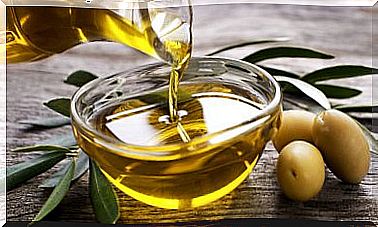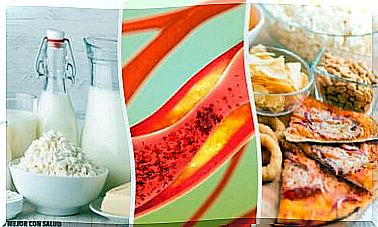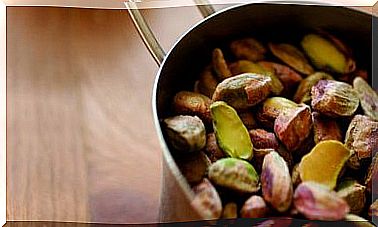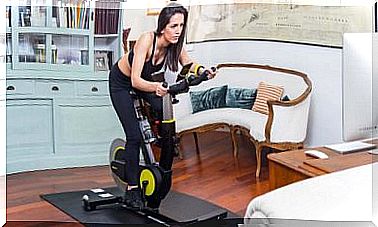Coronary Bypass: What Is It And What Does It Consist Of
The bypass coronary is one of the most common operations heart. In this procedure, the blood circulation of the heart itself is improved in order to avoid possible heart problems
The heart is surrounded by numerous small blood vessels that can become blocked. There are several risk factors that favor this obstruction. The most common are smoking, being overweight and a high-fat diet. A diet rich in fat is essential in the formation of plaques due to cholesterol accumulation, known as atheromas.
The pathology caused by a disorder in the coronary circulation due to arterial blockage is called coronary arteriosclerosis. Its most prominent symptom is angina pectoris, although it may be accompanied by other alterations not so specific to the disease.
The medical team will be in charge of performing various tests in order to confirm or not the existence of atheromas.
Coronary Bypass Procedure
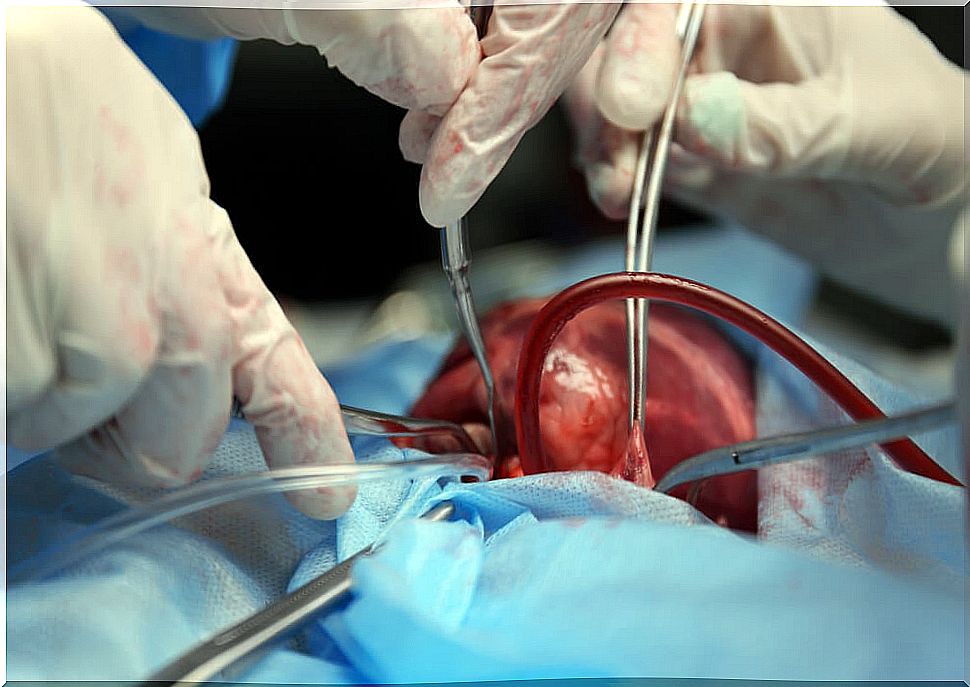
Operation preparation and opening
Before the operation, a total anesthesia is administered to the patient. This will keep you unconscious and will not feel any pain while the procedure is taking place. In addition, the staff will be able to work better since it is a high precision surgery and it is necessary that the individual does not perform any movement.
Next, an incision is made over the rib cage at the level of the sternum. It is then moved to increase the surgeon’s field of vision; this way you can visualize both the heart and the aorta artery.
During the intervention, the heart is artificially stopped thanks to a blood bypass machine known as an extracorporeal pump. This device provides oxygen to our body, collects and expels carbon dioxide. This keeps our cells in normal conditions thanks to the oxygenation of the venous blood.
Continuation
Afterwards, a bypass occurs in the heart’s circulation with the aim of diverting blood to other vessels and avoiding those that are obstructed. To achieve this, a ligation is made in a vessel from another part of the body. Finally, one end is connected to one of the functional coronary arteries and the other end to the aorta artery.
The new conduit can be obtained from different parts of the body. The most commonly used vessel is the internal mammary artery, located in the thorax. The main advantage offered by this vessel is that it can be easily removed and is connected to the new circulation without leaving sequelae in the region of origin.
On other occasions, the option is to implant the radial artery, located in the arms, or the saphenous veins, located behind the knee.
Finally, all the incisions made are sewn; both to gain access to the heart and to move the selected blood vessel. An attempt is always made to maintain aesthetic value and the scar is intended to be as discreet as possible.
Recovery from coronary artery bypass
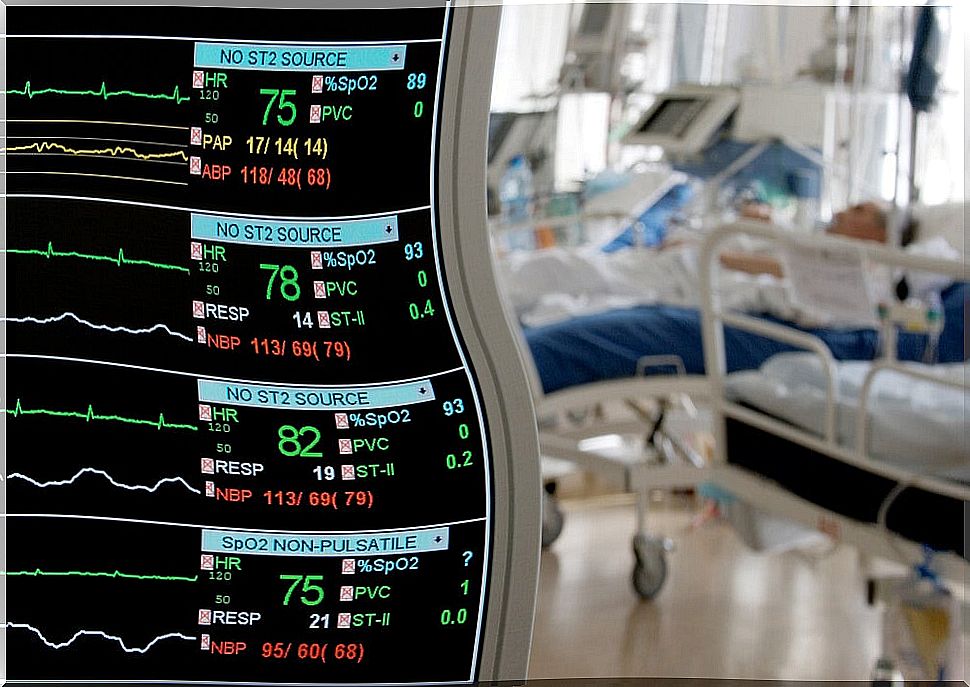
After the intervention, the patient usually remains in the Intensive Care Unit (ICU). In this area the evolution of the individual will be reviewed and examined. As a general rule, the patient returns home one week after the operation. However, you will need to follow a number of guidelines as you heal the wound.
The patient fully recovers from the operation within a month. In this period of time there is a gradual adaptation to daily activities. Starting with those of less work for the heart and ending with those that require a greater work of the heart.
Throughout the recovery process, it is essential to follow all the doctor’s instructions and, above all, to maintain a healthy lifestyle, in order to avoid future heart disease.
recommendations
The recommendations mainly include eating a balanced diet and doing physical activity regularly (of an intensity appropriate to the current condition).
Of course, self-medication and bad habits (such as smoking, alcoholism, and the use of illegal drugs) should be avoided.
